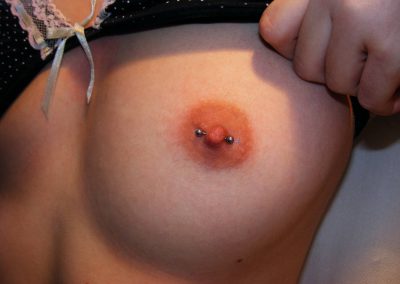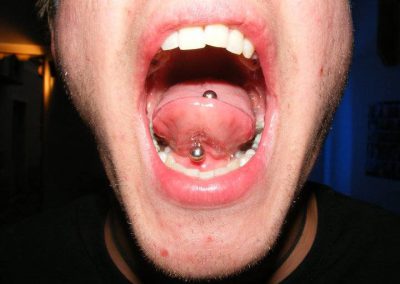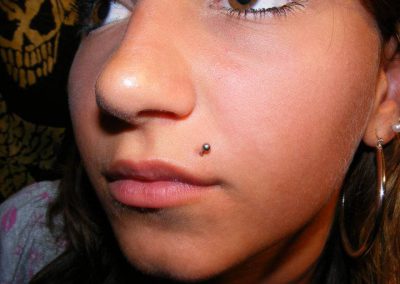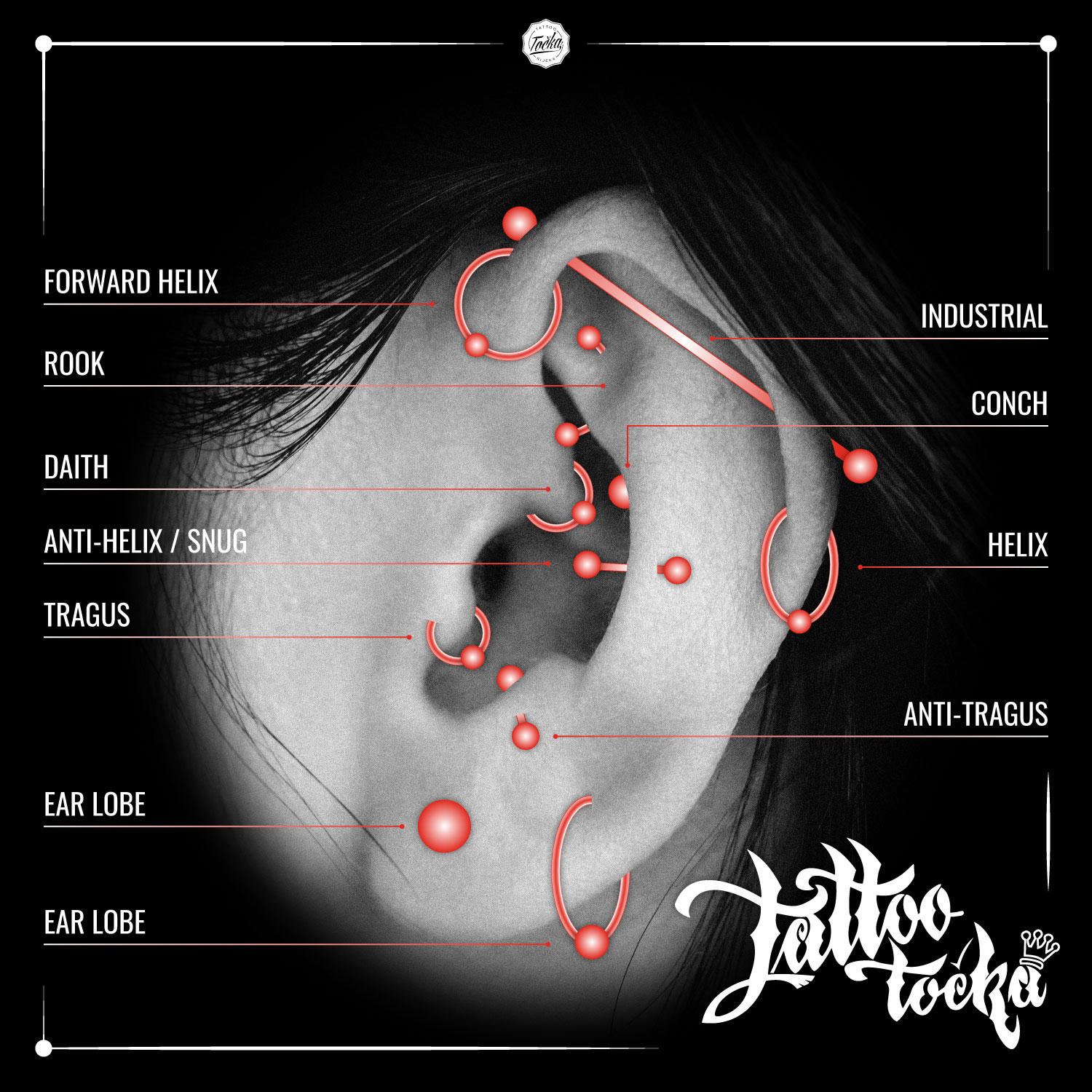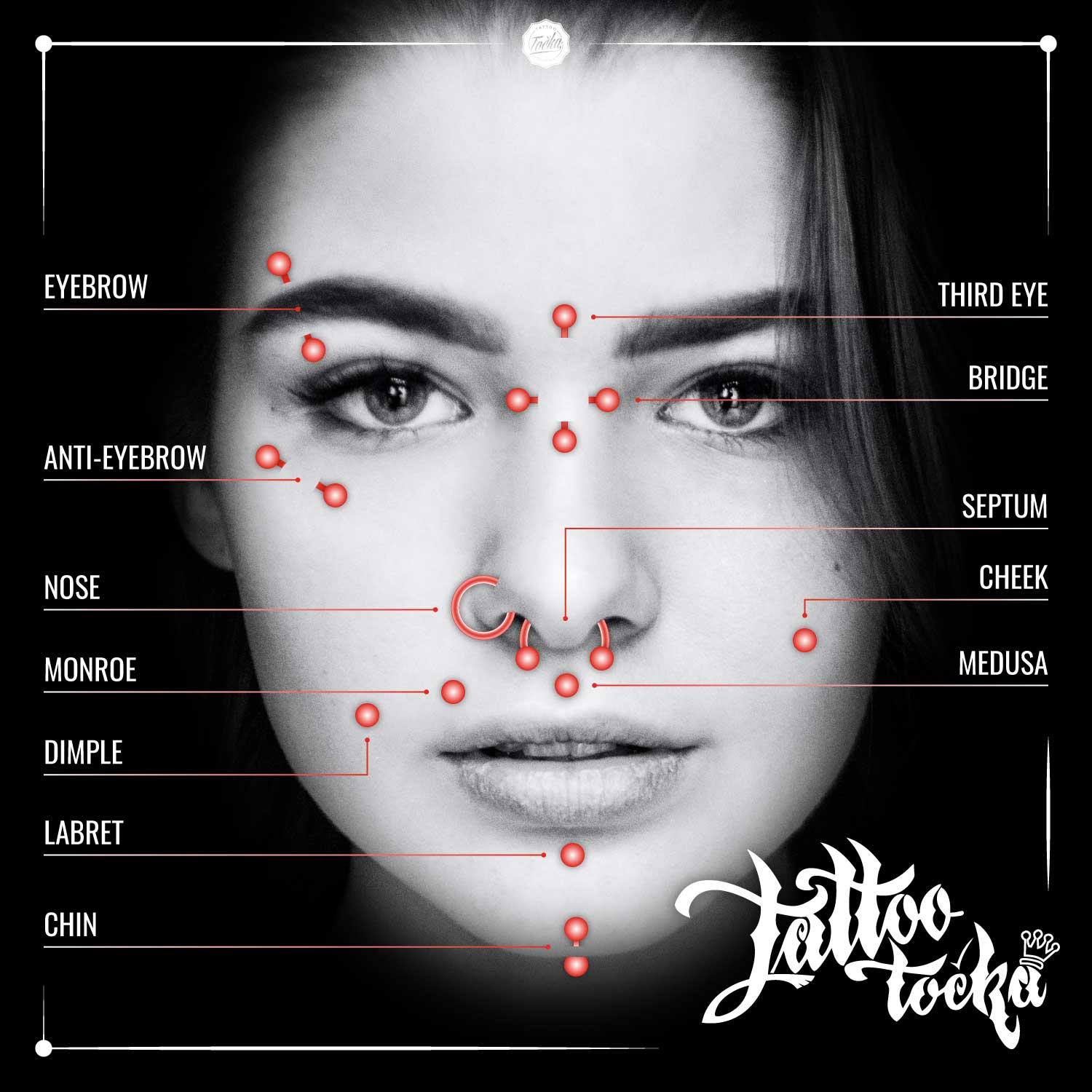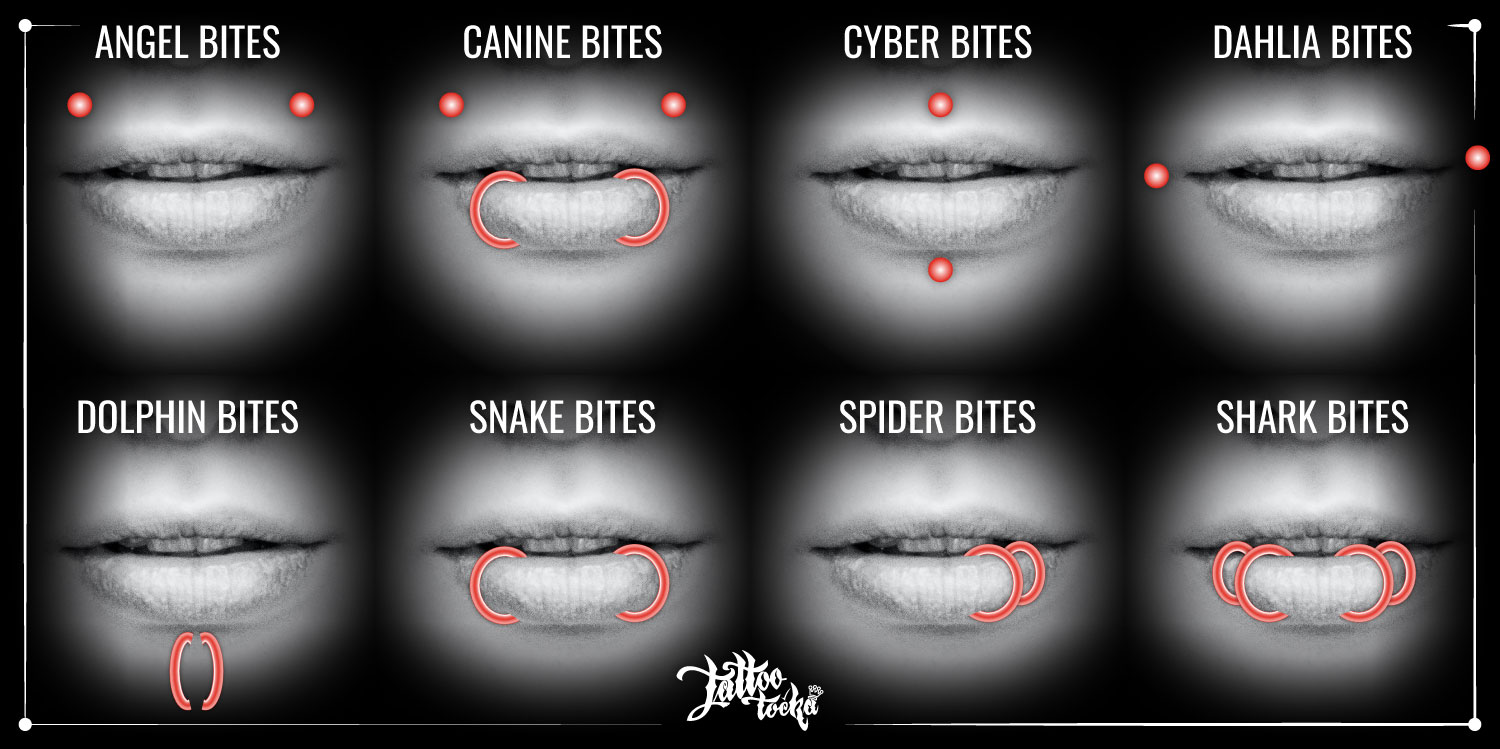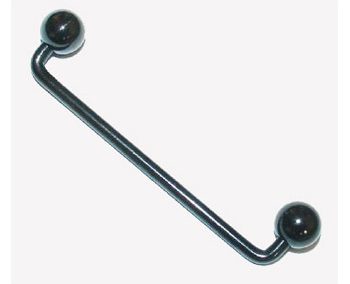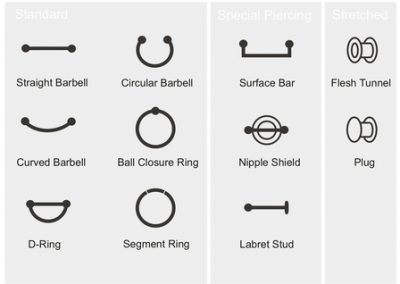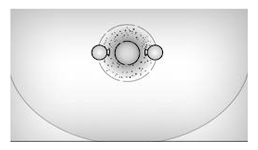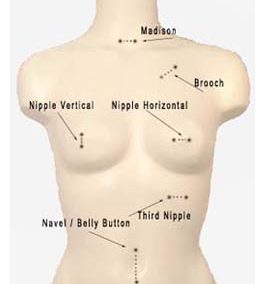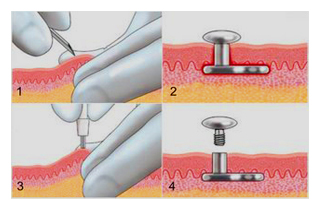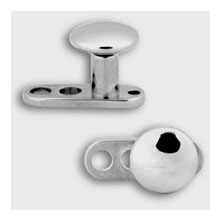We will decorate your body with a piece of jewelry. With good preparation and in sterile conditions, the procedure is not time consuming. Before the procedure, the master will explain to you which jewelry can be installed and will agree with you on the exact location of the piercing. The procedure takes only a few minutes, including preparation and how painful it is depends on where the piercing is placed. Well fed, rested and relaxed person will feel much less discomfort when piercing.
The piercing is performed in strictly sterile conditions and the high quality jewelry we use has been tested by the Institute of Public Health and does not cause allergic reactions nor can it cause complications. You can also buy this jewelry separately at our premises.
At the end of the procedure, we will explain how to take care of the piercing, and how and with what to treat it during healing. Depending on the type of piercing, our clients receive written instructions that should be followed in the healing process. As important it is for the piercing to be performed by a professional, it is just as important to take care of the new piercing so that the healing goes smoothly.
It is advisable for the client to come to the studio for a check-up a few days after the piercing and to direct any questions to the right address; to the master who also made the pierce.

Piercing maintenance
Contact us
Piercing guide
Ear pierces
Helix
Industrial
Conch
Tragus
Orbital
Rook
Daith
Anti-tragus
Facial pierces
Labret
Madonna/Monroe
Medusa/Philtrum
Dahlia/Joker
Bridge
Anti-eyebrow
Temple
Sideburn
Smiley
Web
Surface piercing
Nape
Sternum
Christina
Nipple piercing
Genital piercing
Vertical hood (VHC)
Horizontal hood
Big and small lips
Triangle
Prince Albert
Ampallang
Hafada
HAFADA is a piercing located on the scrotum, most often on the upper part. It is done mostly with rings and is one of the less painful piercings to pierce and heal.
